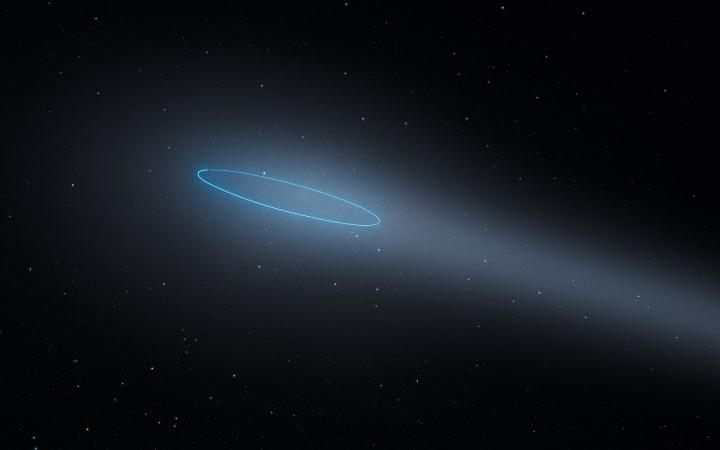Hubble Spotted a Strange New Object in Our Solar System
It’s kind of a comet and kind of an asteroid that orbits itself, and it could tell us something about early Earth.

In the 27 years since the Hubble Space Telescope settled into orbit, it’s returned some stunning images and fascinating discoveries. It added another to the list recently, when it trained its lenses on asteroid 288P.
It turns out that 288P isn’t your typical hunk of space rock. As the asteroid neared the sun last September, Hubble saw that 288P is not one but two asteroids, roughly the same size, that orbit each other about 62 miles apart. That may seem like a tiny gap, but for a binary asteroid system, it’s huge. Based on how the asteroid system moves, a team of astronomers think it’s only been a binary system for about 5,000 years. Before that, it was probably one asteroid, which then broke apart because it was rotating too quickly.
As the two asteroids whirl around each other, and orbit the Sun in the asteroid belt between Mars and Jupiter, they also happen to generate a tail of vapor from water ice—just like the tail of a typical comet. Binary asteroids have been discovered before, but this is the first one that can also be classified as a main-belt comet. Scientists suspect that water first came to early Earth on an icy asteroid not unlike 288P, so the strange object may hold important insights.

















Follow us on Twitter to get the latest on the world's hidden wonders.
Like us on Facebook to get the latest on the world's hidden wonders.
Follow us on Twitter Like us on Facebook